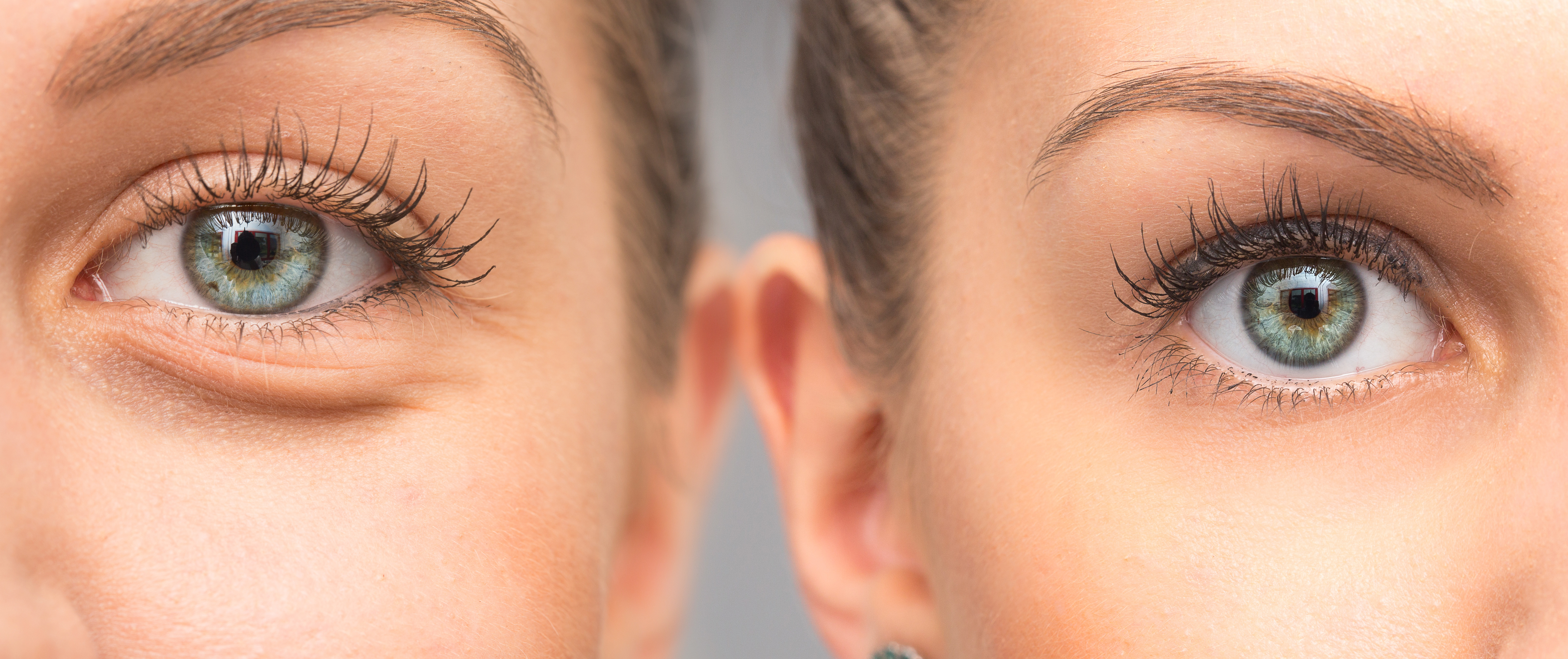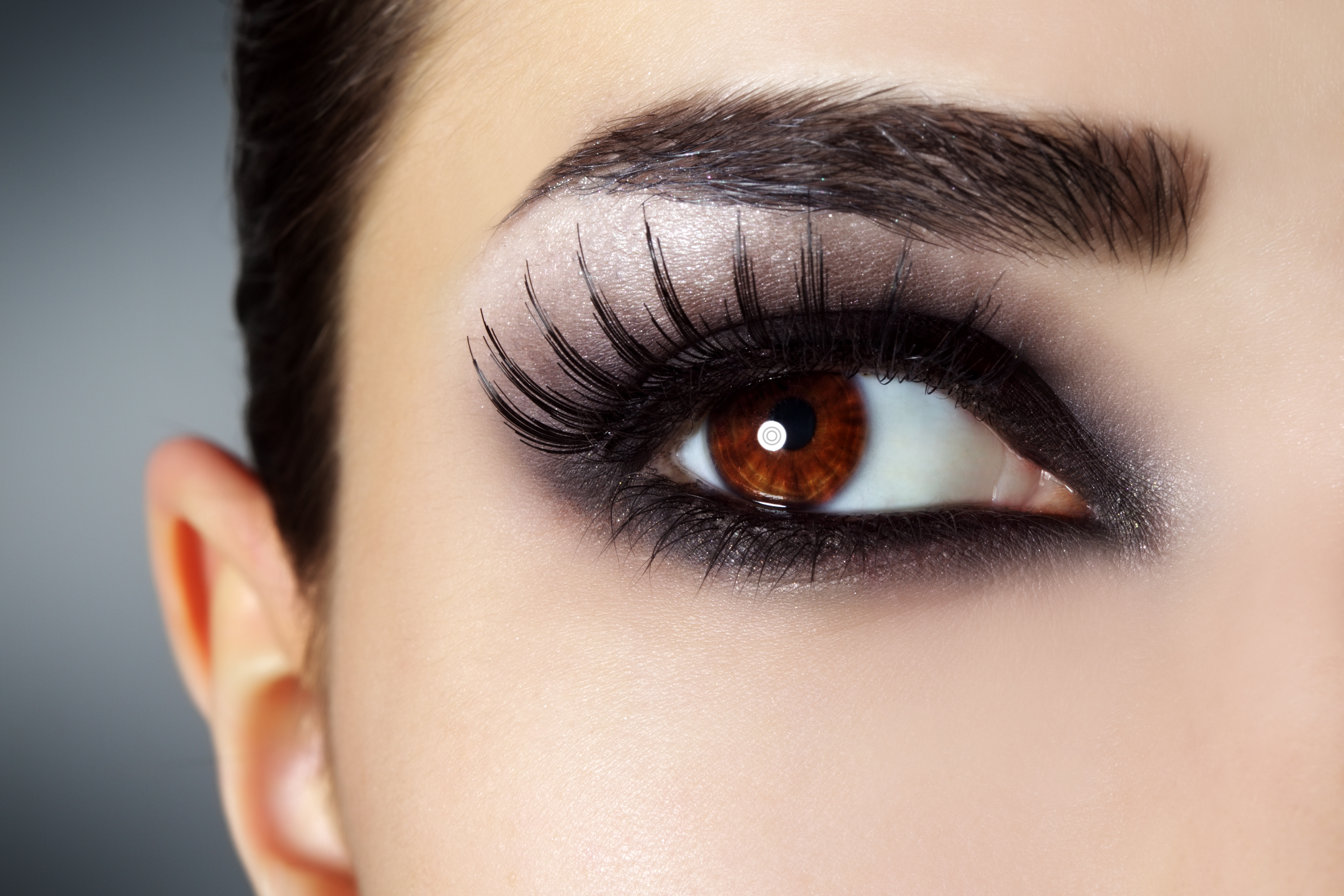Everything you Ever wanted to know about Eye Colors
60% of people would be interested in changing their eye color if they were able.
Eye colors are like fingerprints and snowflakes. No two color or iris patterns are the same!
A study by Tedford, Hill et al found that darker-eyed people have faster reaction times to a single stimulus with no difference when tested with multiple stimuli.
Those with light eyes have been found to be more competitive and less agreeable than those with darker ones. Perhaps that is why the majority of US presidents have had blue eyes while they have been a minority in the population.
Light eyes are also more sensitive to UV rays and have a higher risk for uvea melanoma, meaning they should take extra care to wear sunglasses and protect their eyes from the sun.
Brown
The most common eye color, brown, is seen in over 55% of the world’s population. Most individuals of African and Asian descent have brown eyes. Through interbreeding with other races some individuals are of mixed African or Asian descent but have inherited lighter color eyes from their other ancestors. Many people in Eastern and Southern Europe also have brown eyes.
The more melanin an eye has, the darker brown it appears. Some eyes have so much melanin they appear ‘black’, however technically they are still ‘brown’.
Fun Fact #1: Eye color correlates to facial features that impact how others perceive you.
Brown-eyed people are seen as more dominant (the reason we know it is the other facial features and not the brown eyes themselves is that this perception held even when the study changed the brown eyes to other colors!)
However, no one really knows what is going on per usual and the other hypothesis is environmental as opposed to genetic: that since blue-eyed people are perceived as more submissive, they are treated that way and then come to act that way so people see brown as dominant because they have been treated as they are and so have come to act that way.
Fun Fact #2:
A study by Kleisner, Priplatova et al found a statistically significant difference that people perceive those with brown eyes to be more trustworthy than those with blue eyes.
Recoloring the eyes, like the dominance study indicates the effect is due to something other than eye color (similar to the trustworthiness example above), however the important takeaway is that eye color is correlated to these perceptions, even if it is not the direct cause.
Fun Fact #3:
Studies have found that brown-eyed people in general are more sensitive to physiological arousal and some medications (including alcohol) than lighter eyed people.
Another supporting study conducted by Inna Belfer also found darker-eyed people are more sensitive to pain than those with lighter eyes.
Bassett and Dabbs found through a national survey that brown (as opposed to blue eyed) people were less likely to abuse alcohol.
The study concludes this could be because brown eyed people are more sensitive to drugs such as alcohol (as other studies have indicated), and so need less to achieve the same effect as their lighter-eyed counterparts.
Honey
Honey colored eyes fall under the ‘brown’ category, but contain less melanin than a darker brown eye so appear more ‘honey-colored’. Honey-colored eyes are lighter than brown eyes and often have a golden colored glow.
Blue
One of the rarer eye colors, it is estimated only 8% of the world has blue eyes.
You can trace all blue eyes back to a single gene mutation and ancestor in northern Europe from 6,000 to 10,000 years ago.
Scientists infer that the blue eye gene goes back to one single person because blue eyed people all have the same small amount of melanin in their eyes while brown eyed people great variations of the amount of melanin in their eyes.
In the same place of all blue-eyed people’s DNA the OCA2 gene is responsible for the lack of melanin and brown color.
Blue eyes make up only 33% of the U.S. population but 65% off all presidents have had blue eyes (26 of the past 40) presidents have had blue eyes, which is many more than would be expected by chance.
The countries with the highest percentage of blues eyed people are Finland with 89% and Norway and Sweden with 88% .
Blue eyes are also prevalent among the Jewish population, with an estimated 53% of people have the trait.
Blue eyes are more sensitive to light and macular degeneration. Boys are also statistically more likely to have blue eyes than girls.
Fun Fact #1: Most people are born with blue eyes, but as they grow older melanin production increases until the eyes reach their natural, stable color. Color starts to stabilize around 1 year, however eye color can continually change throughout one’s life based on genes and their production or subsidence of melanin.
Fun Fact #2: A study by Lester David found that blue eyed woman are seen as more feminine.
True Sapphire
So many shades of blue.
Turquoise
Why not try a different blue?
Brilliant Blue
More blue? Do people really like blue that much. Yes, blue is pretty.
Gray
Gray eyes fall under the ‘blue’ category, but are lighter and appear more gray in color.
Gray eyes have more collagen than blue eyes in their stroma, and therefore reflect more light, making them appear lighter in color.
Often small pieces of yellow and brown are mixed in the irises of gray eyes; sometimes these are too small to see without a magnifying glass.
Sterling Gray
Two shades of gray! I thought there was only one shade of gray.
Amethyst
Amethyst is kind of like gray except it is also kind of like purple.
Green
Pure green eyes are one of the rarest colors comprising an estimated 2% of the world population.
2% sounds extremely rare at first glance, however when you think of the 7 billion people in the world, this means 140,000,000 people have green eyes. That is a lot of green-eyed people.
The places with the highest percentages of green-eyed inhabitants include those in Scotland and Ireland, with an 86% blue or green-eyed population. 88% of people in Iceland also have blue or green eyes.
Fun Fact: More women than men have green eyes. There is a positive correlation between being a woman and having green eyes; it is not split 50/50 between the genders as one might think.
Gemstone Green
Green is my favorite color. I’m glad there are two shades of green.
Pure Hazel
Hazel, like green eyes, are rare. Hazel eyes are much more common than pure green eyes however.
Many people are not aware hazel eyes exist, so they are often incorrectly labeled as green or brown. Hazel eyes do have both green and brown in them in them, however they are a mixture of green, gold, and brown; they have more melanin and are a mix of colors as opposed to pure green or brown.
Hazel eyes are often found in areas where those with green, blue and brown eyes have had children. They are unique, as they are a mixture of colors, including Lipochrome, which is the yellowish pigment found in both green and hazel eyes.


